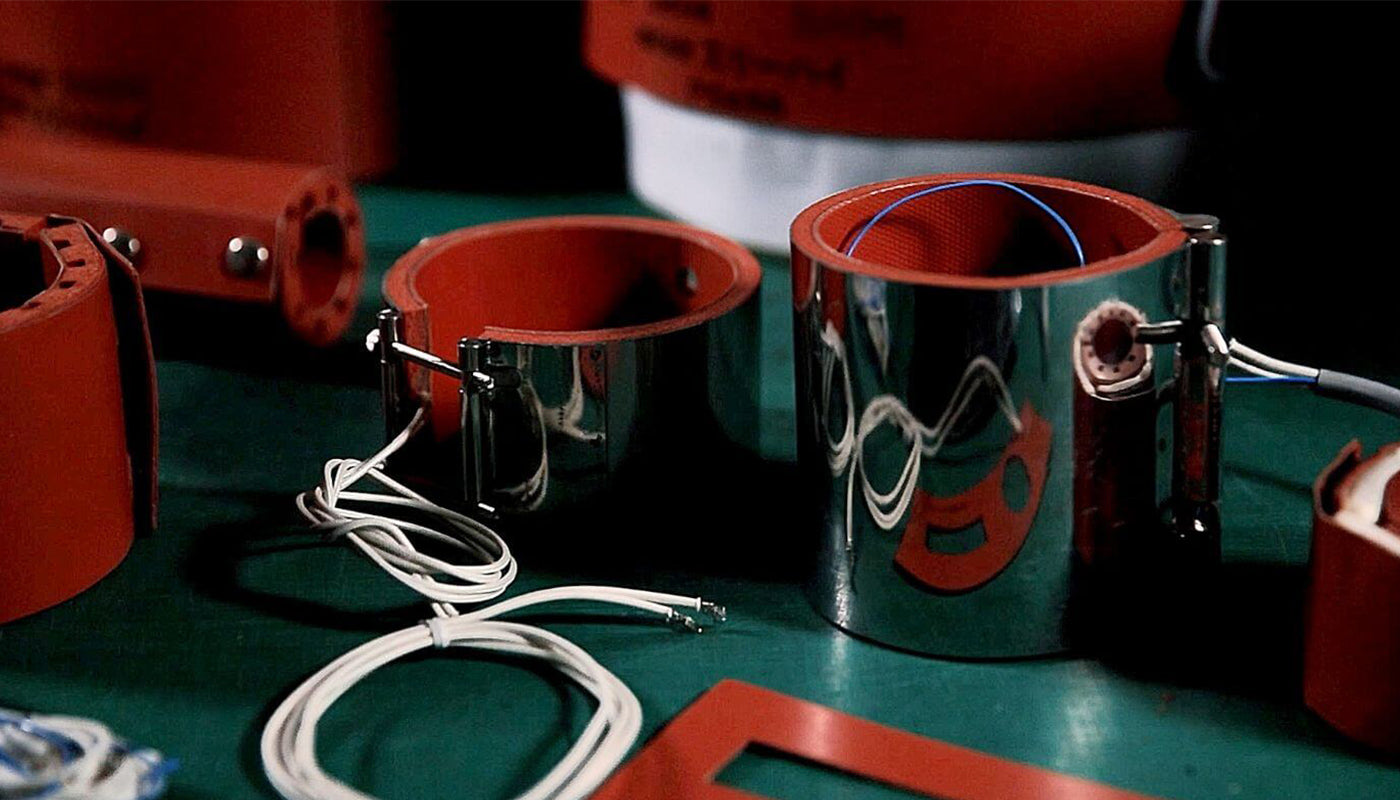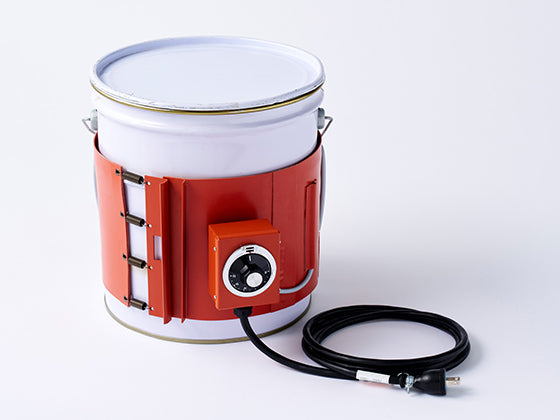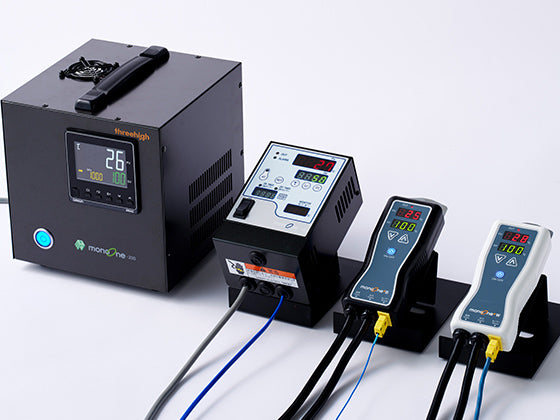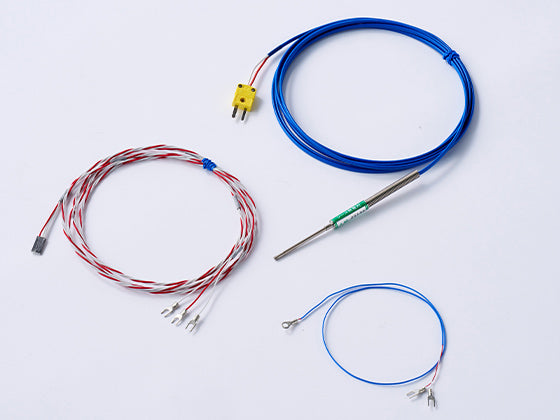Round, dish-shaped parabolic antennas are used to pick up signals from satellites, observation satellites, and asteroid probes like Japan's Hayabusa2. The radio waves sent from outer space far away from the ground are weak, and unless the parabolic antenna is able to catch the signal at all times, the information sent from satellites and probes cannot be received accurately. It's actually the heater that supports it. What role does the heater play in the parabolic antenna?
Large Parabolic Antenna Essential for Space Exploration and Astronomical Observation
From last year to this year, a lot of news about space has been reported. Among them, the Japanese asteroid probe "Hayabusa 2" has attracted a lot of attention. The news that it arrived at the asteroid "Ryugu", landed a small exploration robot, fired a bullet to create a crater, and collected the rock inside the surface, made us feel the high level of Japanese space technology.
On the other hand, the news that Voyager 2 has left the solar system after more than 40 years has become a hot topic. It is amazing that Voyager 1, which left the solar system earlier, is still sending signals to the Earth.
The news that Mt. Fuji and the monster Godzilla that was named after constellations also attracted attention. The two constellations named Fujisan and Godzilla are different from the constellations shining in the starry sky, and are constellations that connect celestial bodies that emit a type of electromagnetic wave called gamma rays. Japanese research institutes have been working to collect data by observing gamma rays from distant space with artificial satellites. His achievements were highly evaluated, and constellations named after Japan were adopted.
Parabolic antennas play an active role in capturing signals from such probes and observation satellites. In particular, many large parabolic antennas with diameters of dozens of meters are used to exchange data with probes flying in distant space and to observe electromagnetic waves emitted from distant stars. . You may have seen the sight of a large dish-like antenna rising up into the sky in TV programs and movies.
A heater is essential for catching weak signals from space
In fact, a heater is essential for capturing signals from space. The reason lies in the principle of parabolic antennas.
A parabolic antenna consists of a round dish-shaped reflector that reflects radio waves, and a receiver that is installed at a distance from the reflector. To capture radio waves coming from space, point the parabolic antenna in the direction of the observation satellite or probe, and receive and reflect the radio waves sent from the satellite on the concave surface of the reflector. There is a place where the reflected radio waves gather at a certain point. There is a receiver at that location, which collects the reflected radio waves and transmits them to the observation center. And by analyzing the signals delivered by radio waves, we can obtain various information from space.
Radio waves from distant space are extremely weak. Therefore, the parabolic antenna for observation is installed in a high-altitude place where there is no electrical noise generated in the city. It may snow in such places, and snow adheres to the reflective surface of the parabolic antenna. The snow then prevents the reflection of the incoming radio waves, making it impossible for the receiver to collect radio waves efficiently.
A heater comes into play here. As shown in the figure below, attach a heater to the back of the reflector (orange part). When it snows, a heater warms the reflective part to prevent snow from adhering.

Thanks to the usage of the heater, we can always catch radio waves from space regardless of the season.
Heaters are also useful when receiving satellite broadcasts in snow country
Parabolic antennas are used in everyday life. This is an antenna for satellite broadcasting reception for receiving BS digital broadcasting and paid CS broadcasting of TV. Satellite broadcasting is evolving more and more with the start of 4K and 8K broadcasts, which provide a clearer picture of programs.
If the antenna for satellite broadcasting is covered with snow, the image may be disturbed and the image may not be seen clearly. For this reason, some parabolic antennas for receiving satellite broadcasts in snowy areas have a heater built into the reflector.
Satellite parabolic antennas with heaters come in handy in public facilities in areas with heavy snowfall. For example, a community center that serves as an evacuation center in the event of a disaster. Residents huddle together at evacuation shelters when record heavy snowfall is expected. Broadcasts from televisions installed in shelters can be a reliable source of information. Most shelters will have terrestrial digital broadcasts turned on. However, in the unlikely event that the digital terrestrial antenna collapses under the weight of the snow and terrestrial digital broadcasting becomes unwatchable, satellite broadcasting would become reliable. Antennas for satellite broadcasting are small and strong against snowfall, but when snow piles up on the parabolic antenna, the reception capability declines. A parabolic antenna with a heater can melt accumulated snow, so weather information and local damage information can be reliably communicated to people in evacuation shelters.
From astrophysics to everyday life, parabolic antennas are now indispensable. Unbeknownst to us, heaters help parabolic antennas to catch signals from space.









![[Heating medical chairs and beds bring warmth and comfort to patients]](http://store.threehigh.com/cdn/shop/articles/top_1_daa6ae52-2622-436b-a053-1289640ad4f0.jpg?v=1669685926&width=650)